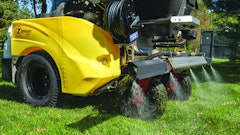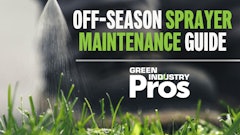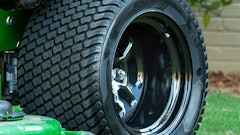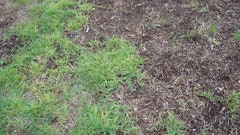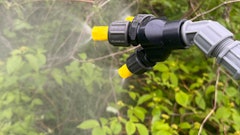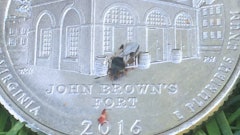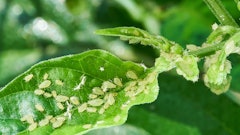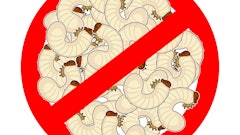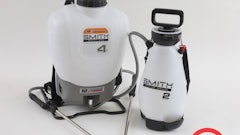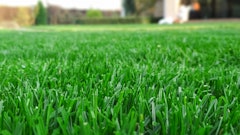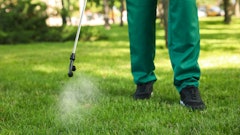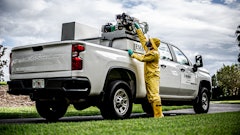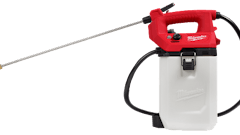The biggest challenge in maintaining motorized spreader sprayers is corrosion caused by fertilizer dust that sticks to every exposed part of the machine.
Fertilizer absorbs moisture from the air and becomes an acidic and electrically conductive coating that attacks metal and electrical components. Particularly at risk are bearings, control linkages, electrical starting and charging systems, and key aluminum driveline components. Stainless steel, certain plastics and rubbers are generally not corroded.
Paint and electro-plating are used to protect some components. However, once the slightest bit of base metal is exposed, corrosion begins and, if allowed to continue in the absence of proper cleaning and maintenance, progresses until failure occurs. To make matters worse, corrosion damage is not generally covered by the engine and transmission manufacturer’s warranties. Diligent and daily cleaning will go a long way in extending the useful life expectancy of your Spreader Sprayer.
The following guidelines are provided by PermaGreen and may also apply to other spreader sprayers. However, always follow the maintenance and cleaning guidelines provided by your specific manufacturer.
Daily Cleaning Tips. PermaGreen recommends that its customers DO NOT power wash their machines because high-pressure water will force corrosive fertilizer residue into bearings, linkages and other parts.
The best approach to clean a PermaGreen Spreader Sprayer is to first wash the hopper, output plates and impeller with low-pressure water regulated to 29 psi.
Next, use low-pressure air regulated to 29 psi to blow-dry the washed components and to blow fertilizer accumulation off the rest of the machine.
Lastly, use WD-40, Fluid Film or an equivalent product to lubricate and protect exposed aluminum and any moving parts including, but not limited to, the operating controls and cables, carburetor, linkages, springs, hopper opening plate and electrical components. This step is extremely important in reducing corrosion. Fluid Film also leaves a layer of protection that does not evaporate.
At least once a week, remove guards and use low-pressure water regulated to 29 psi to wash the entire machine. Start and run the machine and blow-dry using air regulated to 29 psi to remove any water. Then lubricate and protect as described above before replacing the guards.
Other Maintenance Tips. Use Fluid Film to coat and seal the spark plug boot and other electrical connections to prevent starting problems. Check, clean and replace the air filter often. Grease all fittings at least every two weeks. Change engine and clutch oil every 50 hours. Test all safety devices frequently.
Prevent fuel-related engine problems by using a fuel stabilizer and ethanol treatment additive in every tank. Sta-bil is the only approved fuel stabilizer for use in PermaGreen equipment. Check your manufacturer’s guidelines and follow their recommendations. Additionally, never use E15 or another high-ethanol fuel blend which could damage the engine. Again, refer to your specific manufacturer's guidelines and recommendations.
You may request a more comprehensive maintenance checklist for PermaGreen Spreader Sprayers at [email protected] or 800.346.2001.







